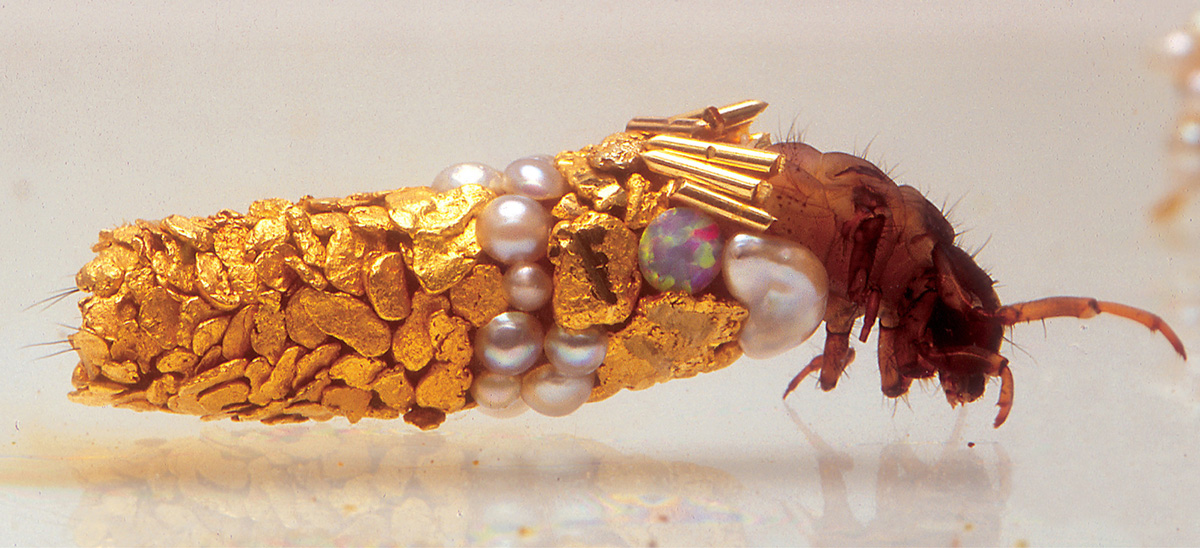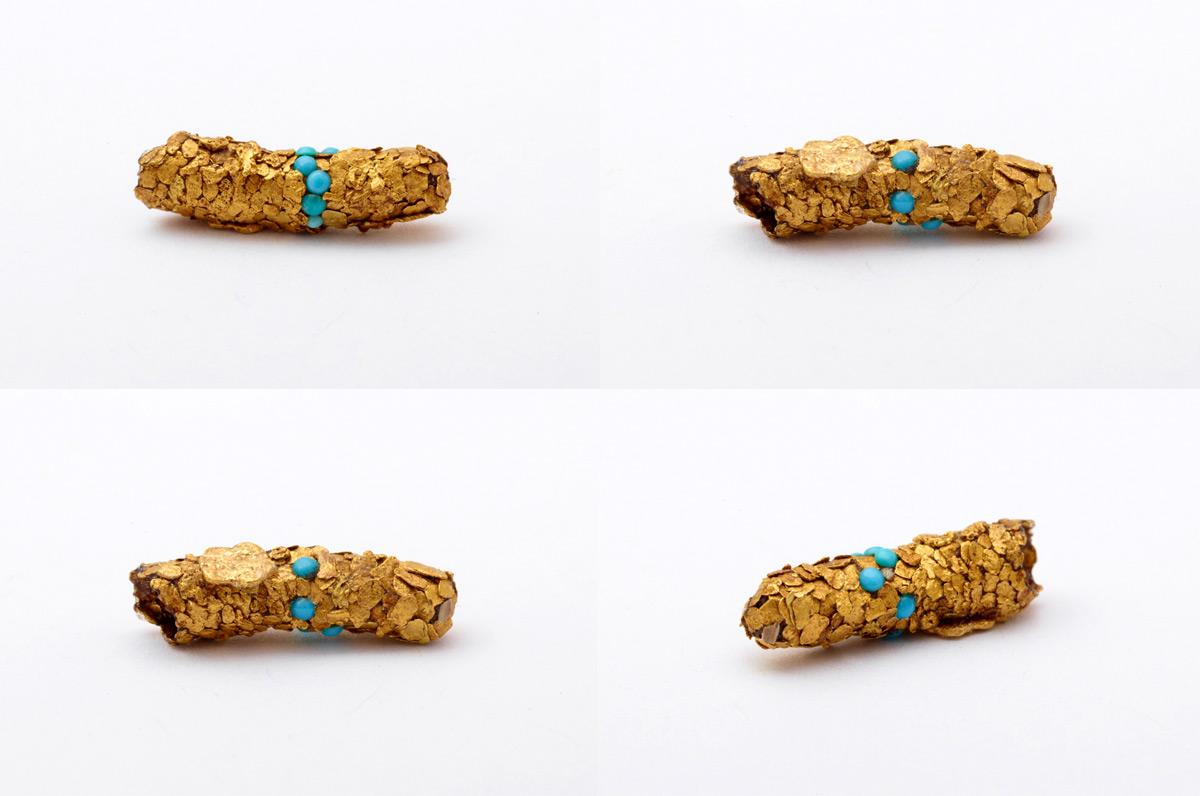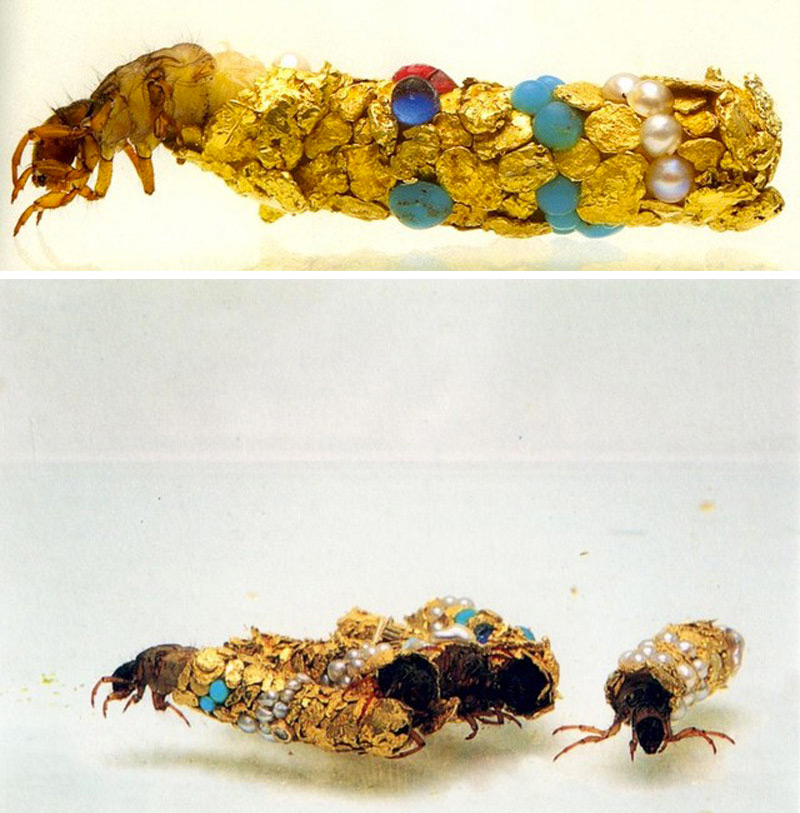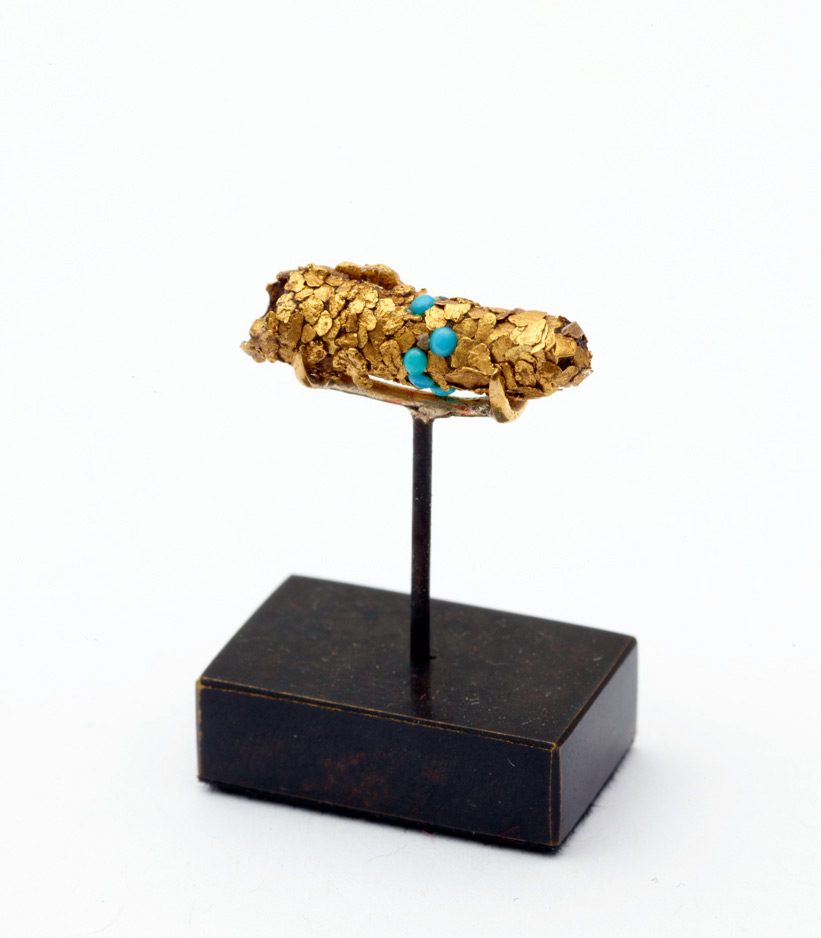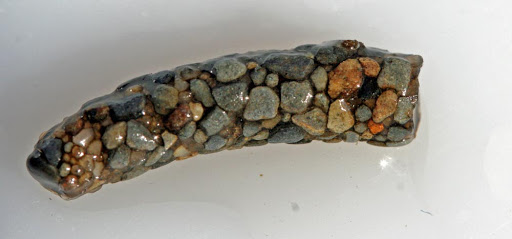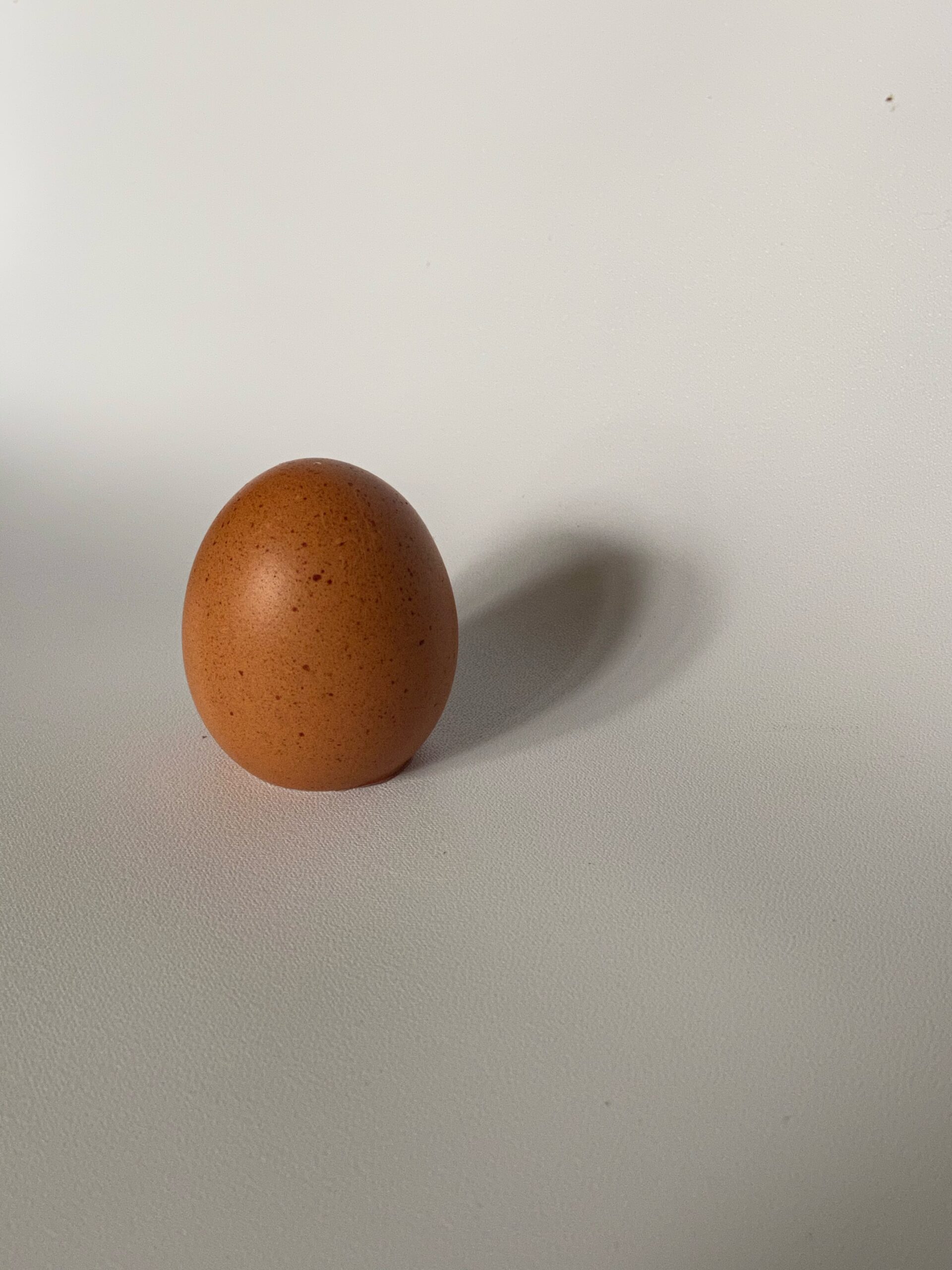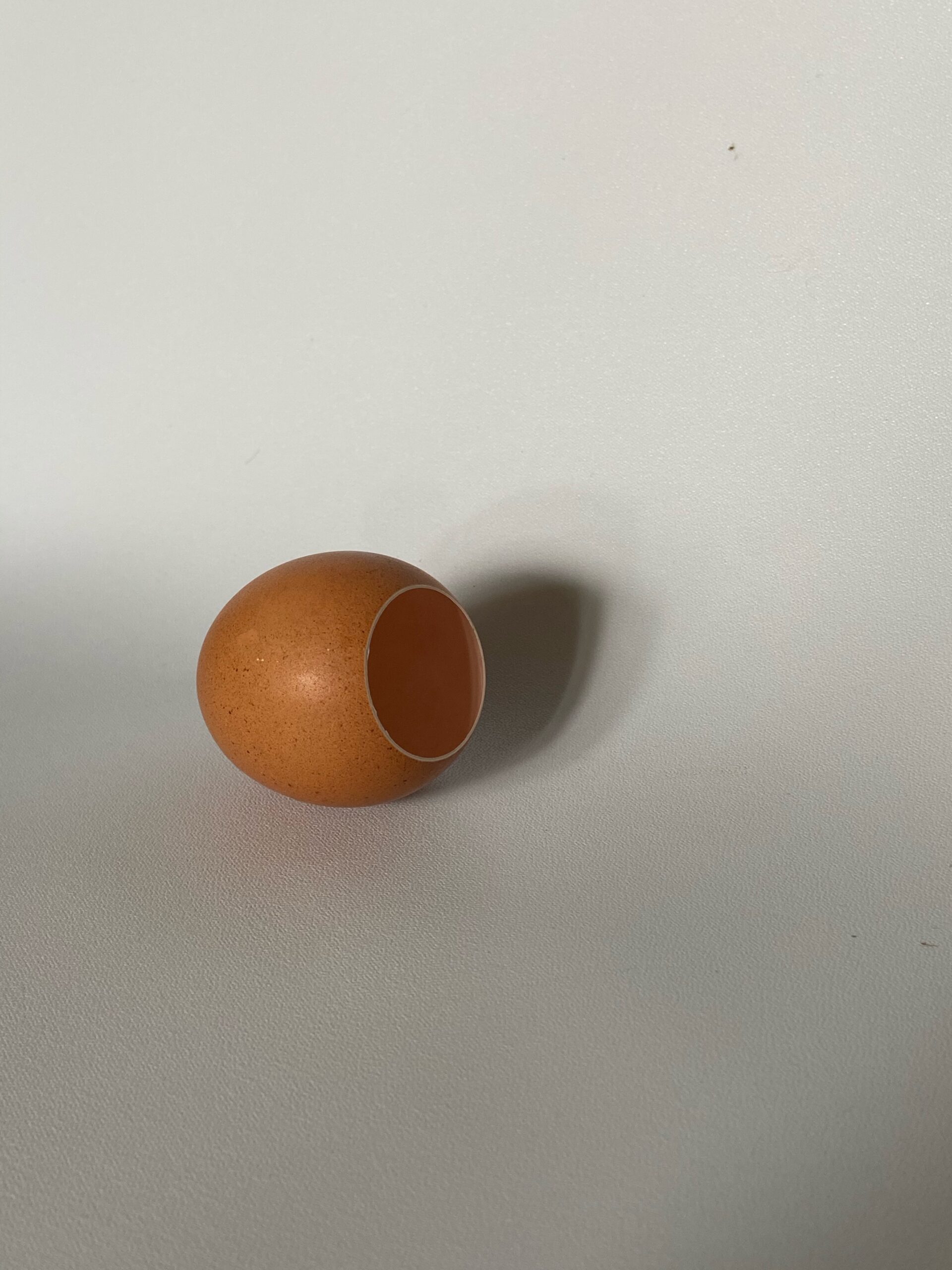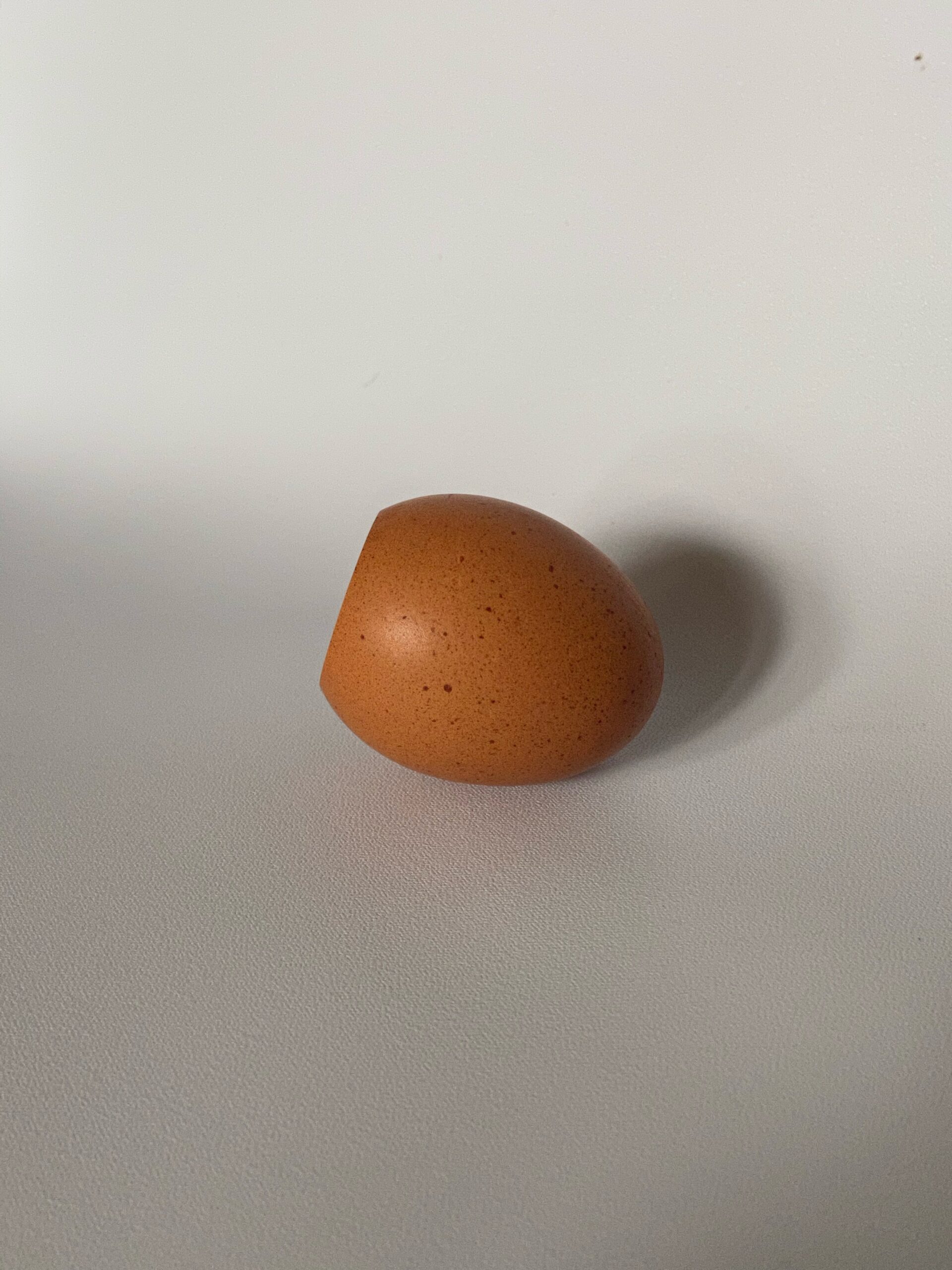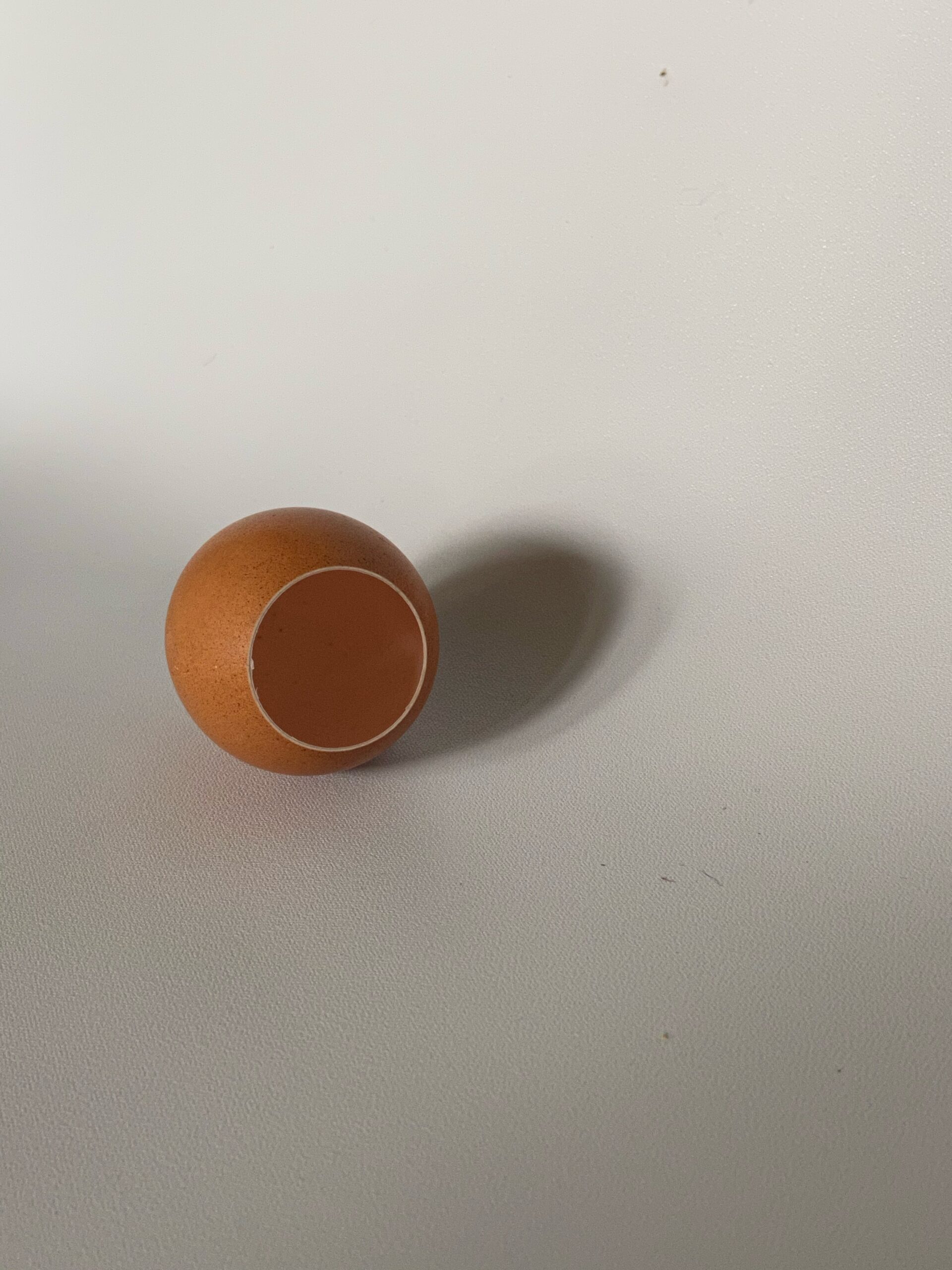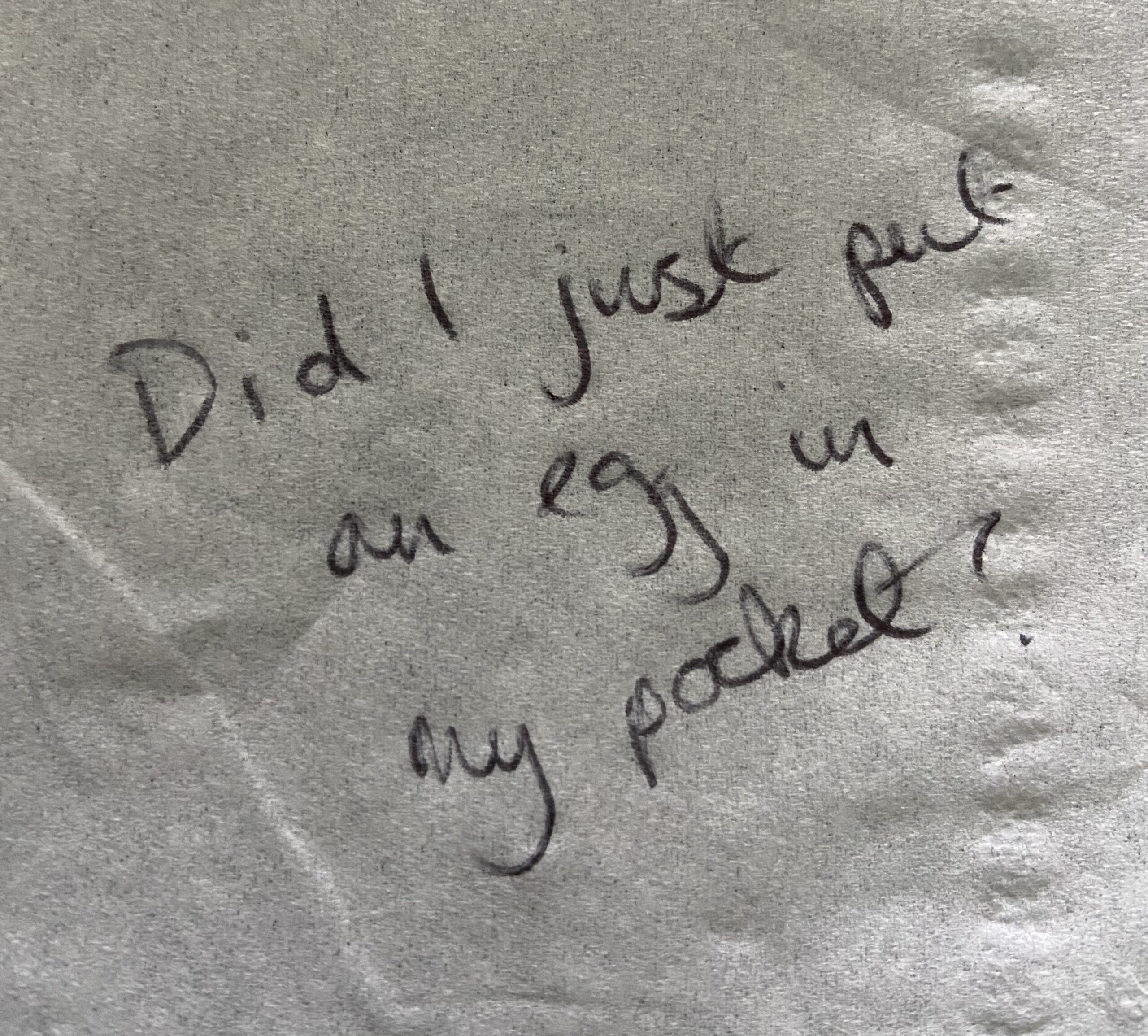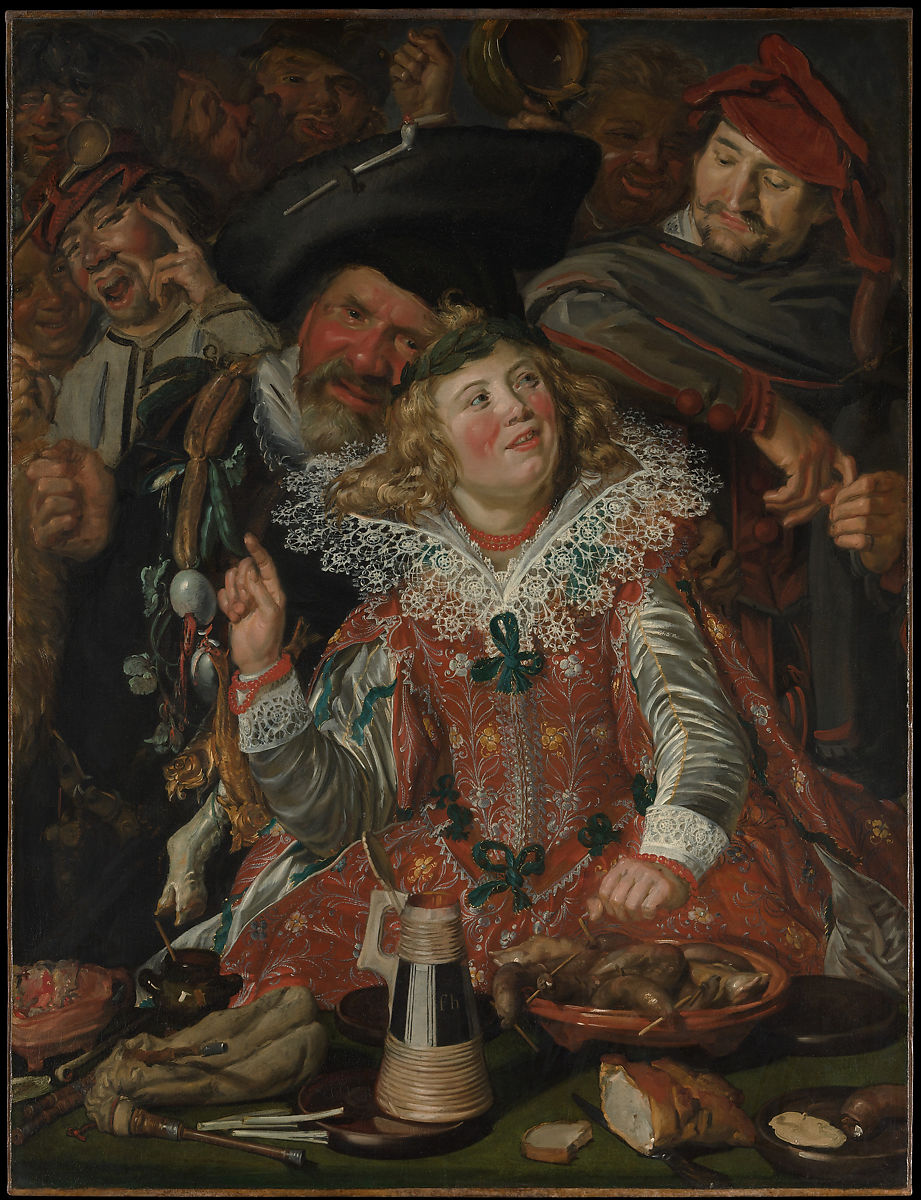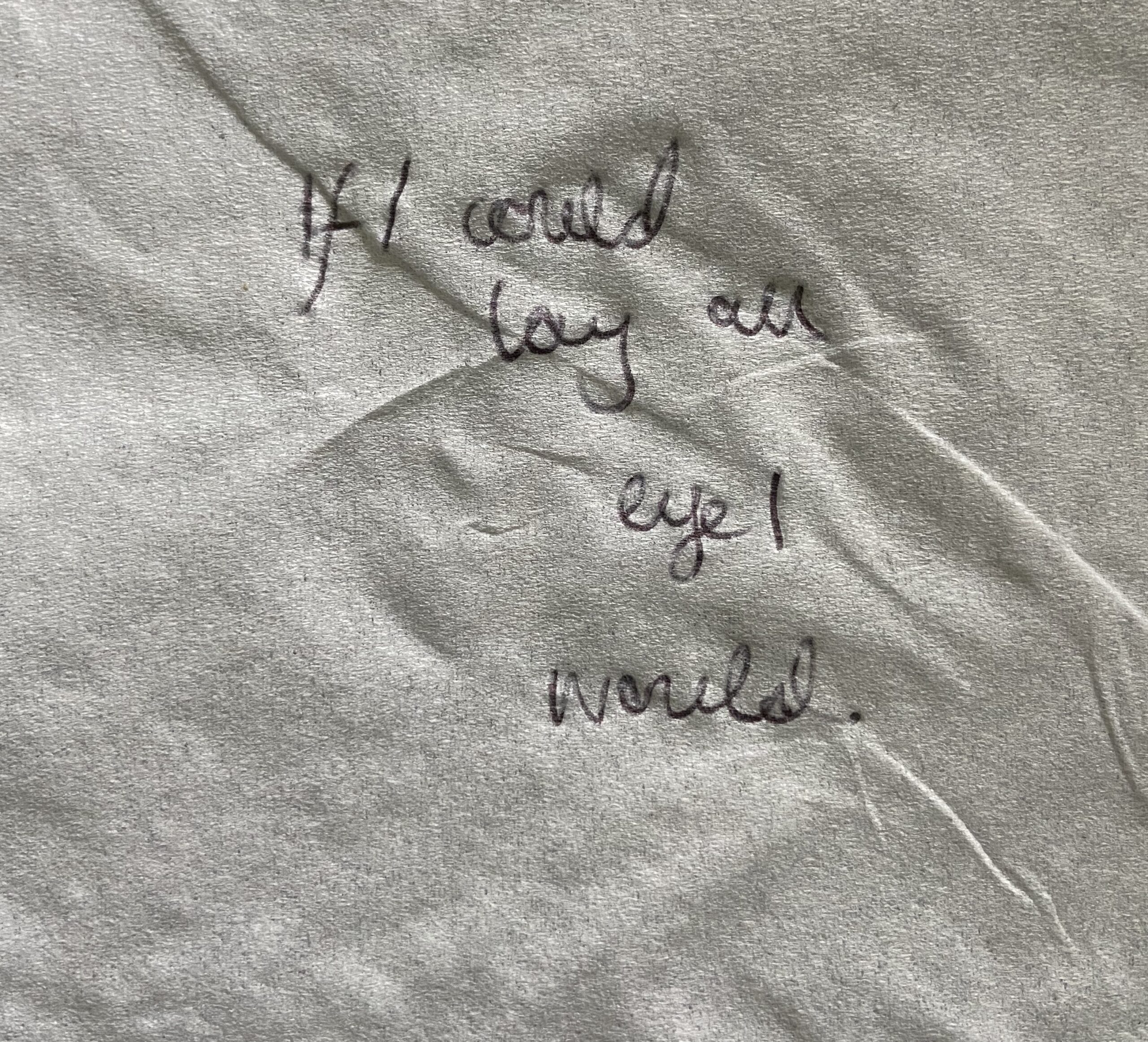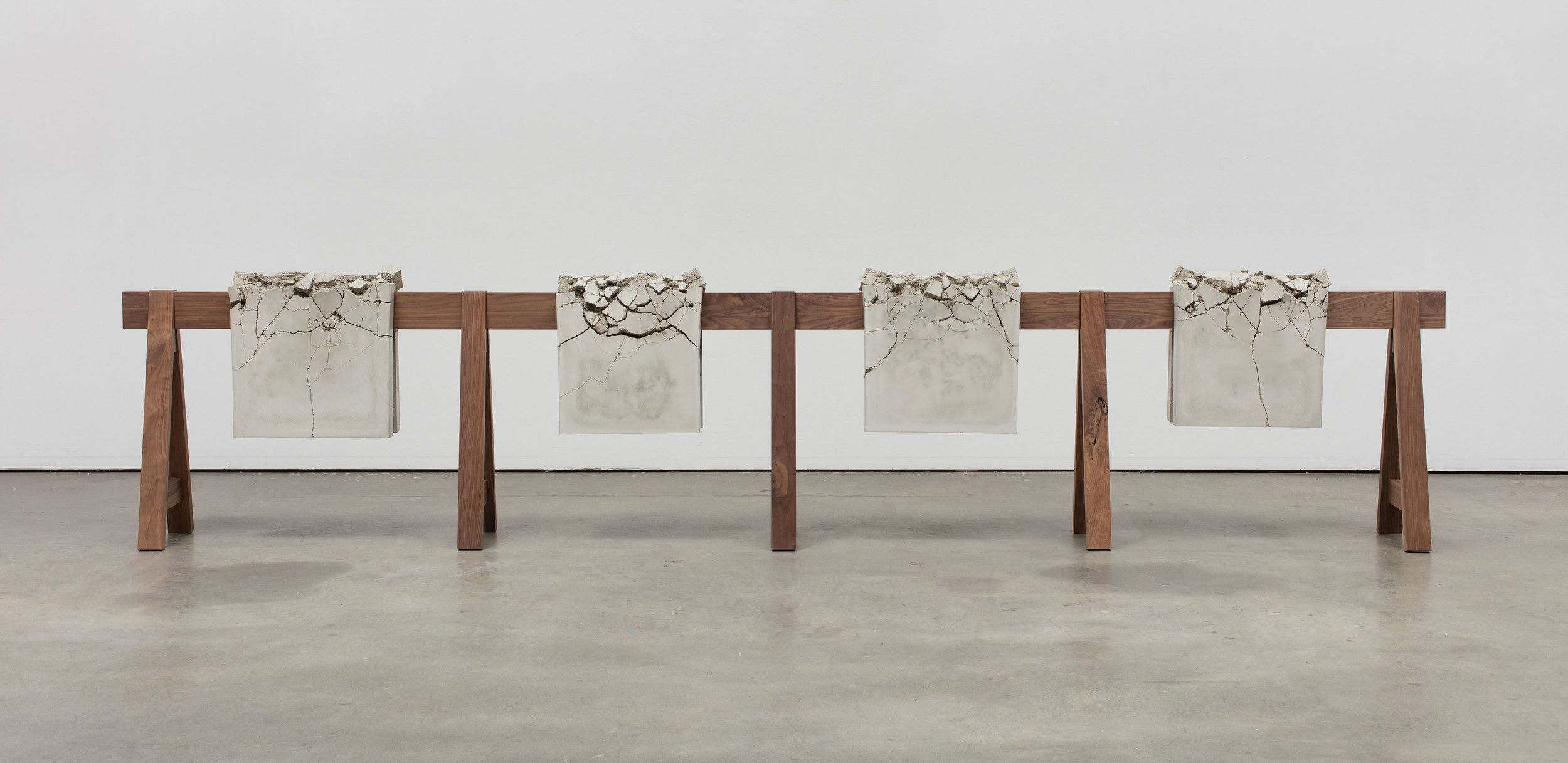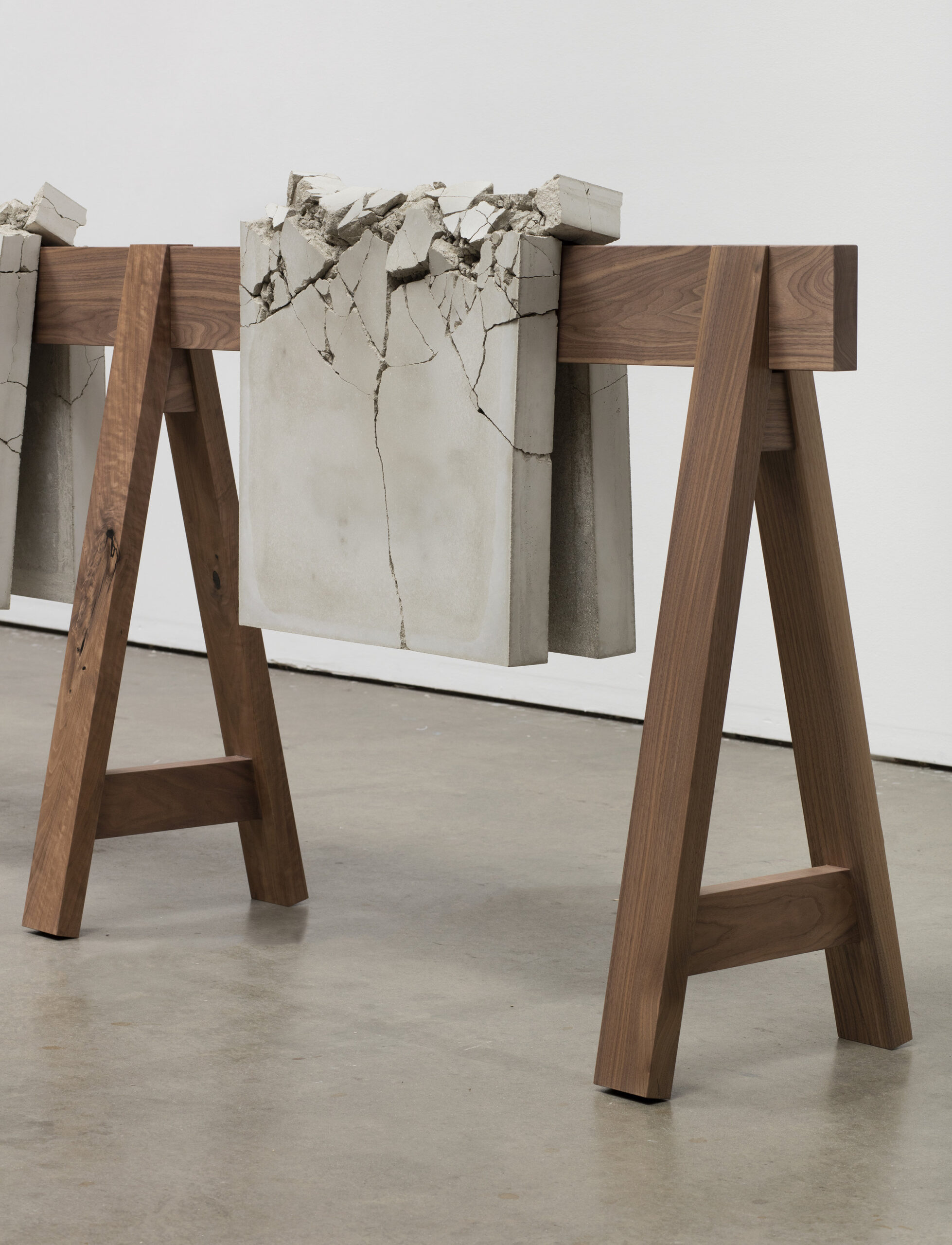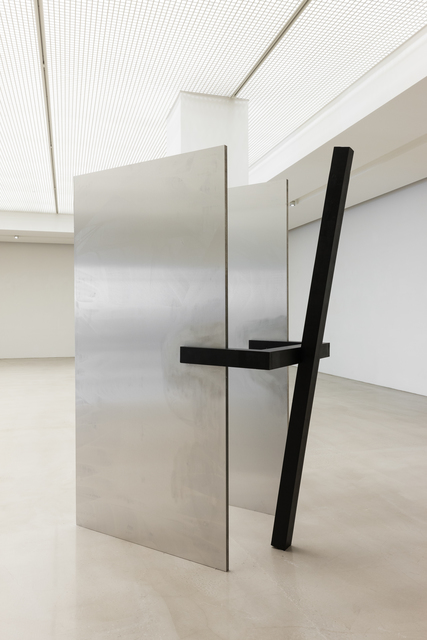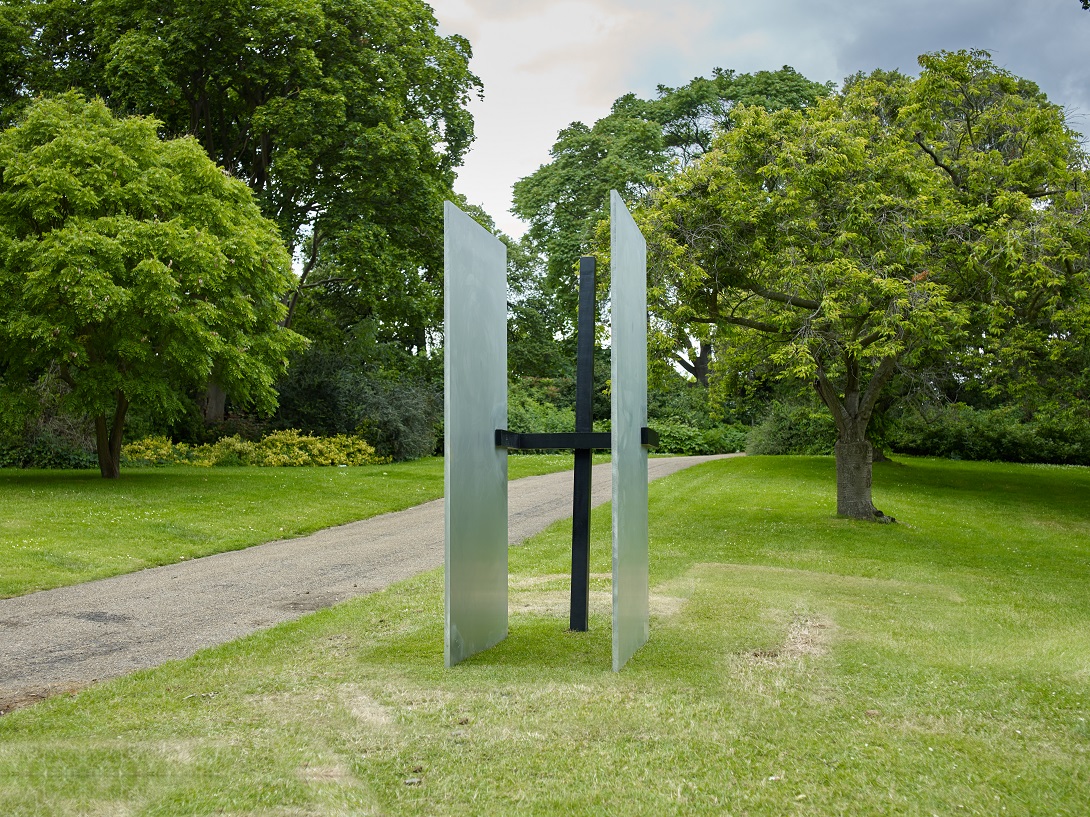JULIAN KLEIN
WHAT IS ARTISTIC RESEARCH?
‘to have an artistic experience means to have a look from outside of a frame and simultaneously enter into it’
360°
To communicate an idea from a new perspective.
To pose a question using different or unconventional terminology, or to pose a question from a different standpoint, accounting for a viewpoint other than your own.
To shine a light from a different position and illuminate an aspect as yet unseen.
A lightness of touch. Not necessarily generative, but perhaps adeptly communicating your unique insight. How do you feel/see/experience differently?
“It is a myth that reflection is only possible from the outside.” (Arteaga 2010). Artistic experience is a form of reflection.
Research as ongoing, constantly learning. Not a point of reflection once you have reached an ‘end’ point.
The peeling back of onion skins.
What have you removed?
What have you exposed?
What impact has this intervention had?
Not necessarily the begetting of answers, but the repeated act of asking questions.
Perhaps the same question enacted again and again, generating layers upon layers of material.
Perhaps the question is the answer?
The ‘stuff’ or ‘substance’ of art practice is in the enquiry.
